If you are a musician, you are sure to encounter this problem. Yes, it’s the noise problem.
This time I would like to write about noise.
To begin with, the definition of noise is unnecessary information other than the information to be processed. In music, it is called noise or din, and in the field of video, it is called miscellaneous images.
This time, I will focus on noise related to music.
■ Noise Types
There are many types of noise.
The most commonly heard is ‘white noise’. This noise is spread over the entire audible range of humans.
A similar type of noise is ‘hiss noise’, which sounds more like a higher frequency range than white noise. There are other types of noise that occur at certain octaves or in certain frequency ranges, such as pink noise, red (brown) noise, purple (violet) noise, and gray noise, which are called ‘colored noise’.
These noises are just examples.
As I mentioned above, noise is unnecessary information other than the information to be processed. There are countless types of noise, including noise that has not yet been given a name.
I would like to delve deeper into the following types of noise.
■ Hum Noise
Of all the types of noise, hum noise is probably the most commonly heard.
Hum noise is noise that follows the power supply frequency. It is generated when the frequency of an AC power supply is mixed into a signal.
In Japan, two different frequencies (Hz) are used: 50Hz in eastern Japan and 60Hz in western Japan.
*There are some areas where both frequencies are mixed.
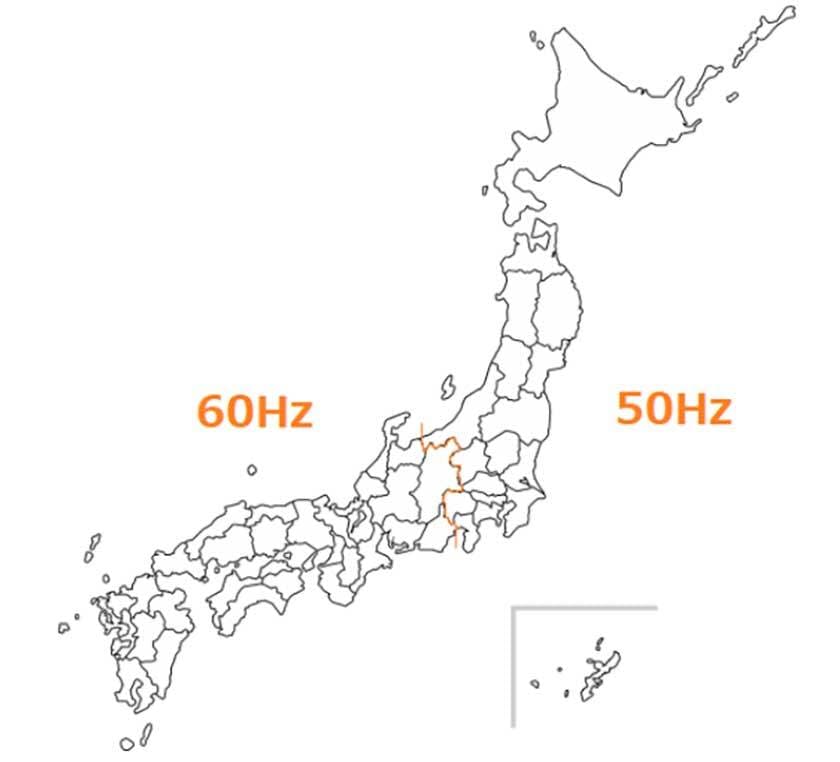
If you have ever played an electric guitar through an amplifier, you are probably familiar with ‘buzz noise’.
Low noise with overtones is called buzz noise.
Electric guitars often use a microphone called a magnetic pickup, which is prone to picking up noise.
In addition to microphones on guitars, handheld microphones also pick up hum noise. But if signal transmission is balanced and balanced cables are used, the noise is not so noticeable.
However, if power supply equipment or power cables are close to the microphone, noise may be generated.
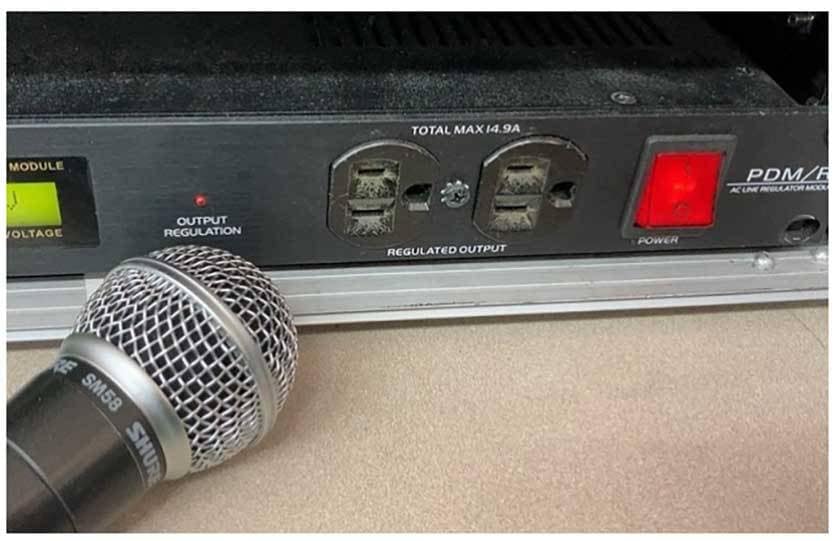
As an extreme example, you can pick up a loud hum if you place the microphone close to a power source.
Also, dragging the microphone cable near the power supply could cause noise.
Since I was in a situation where I could hear the noise well, I tried to understand it by listening to the power frequency in detail.

Since Sound House is located in Chiba Prefecture, East Japan, I checked if the power frequency is 50 Hz.
I set the frequency to Hz with a digital multimeter and inserted the probe into the outlet.
The frequency is 49.91Hz, which is slightly low, but almost 50Hz.
Next, prepare a sine wave sound since the AC power supply is a sine wave.
This time, I used a generator to output a sine wave.
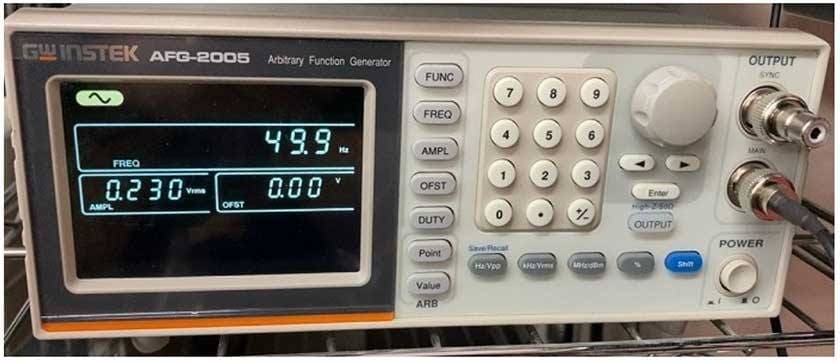
I outputted a sine wave of the same frequency using a generator and compared the results.
The same pitch sound is definitely being outputted. It is interesting to hear the sound differently if you change the power supply environment and the way the sound is picked up. The sound picked up by the microphone has a lot of overtones, but the differences in the overtones are unique. So, I think this is a must for those who play music with noise.
■ How to Reduce Hum Noise
In the above, I tried to think of noise as music, but many people would still like to eliminate it.
I would like to introduce a simple but immediately effective method of noise reduction.
- Do not use microphones near electrical equipment
- Keep signal cables away from the power supply
The first step is to move away from the source of the noise. This may seem obvious, but it is actually quite common for wiring to be bundled together in close proximity to each other.
I have even seen some people banding power cables and signal cables together. This will definitely cause noise contamination, so it is better to separate them.
Let me also introduce a method that may reduce noise with a little ingenuity.
- Divide the power supply
- Use a stabilized power supply
Dividing the power supply means, to take it to the extreme, dividing the outlets that take the power supply, such as one outlet for the amplifier, one for the mixer, one for the PC, and so on. To put it in a more extreme way, it means to separate power supplies for each system that is separated from the distribution board.
It would be difficult to go that far in an ordinary home, so just separating the sound system from other power supplies may make a difference. It is also possible to try to install a stabilized power supply for that system.
CLASSIC PRO / PDM/R Stabilized Power Supply
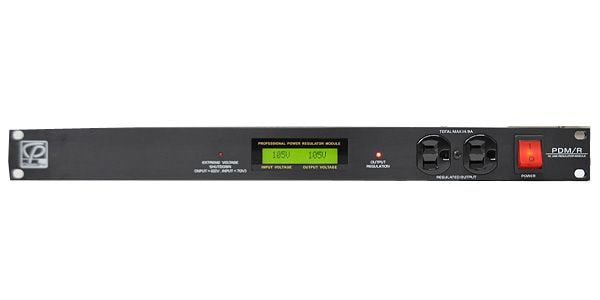
And here, I would like to close this blog post. I will introduce other types of noise in coming articles.
I hope this article will help you to solve your problems.






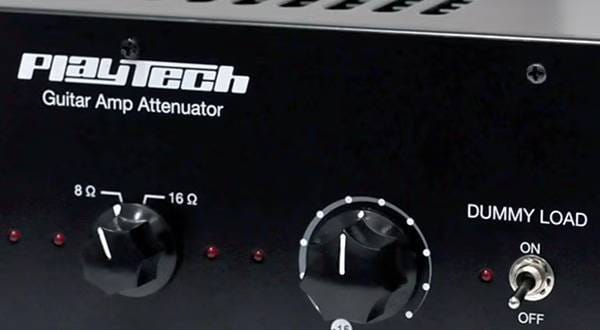


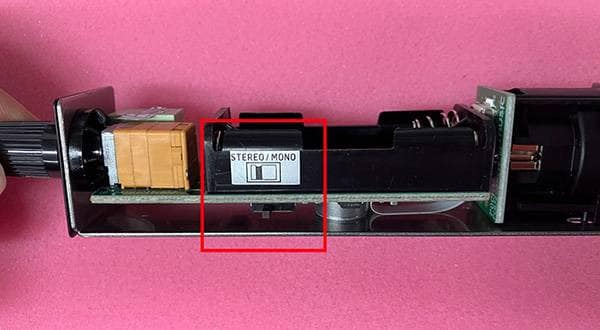
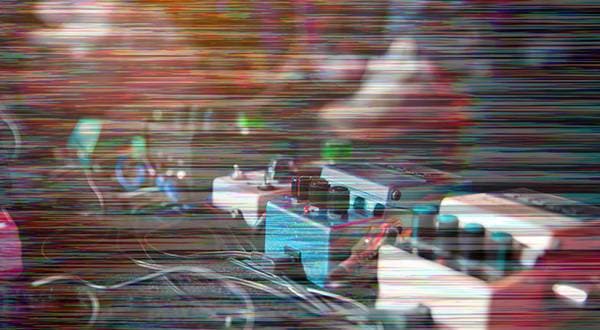
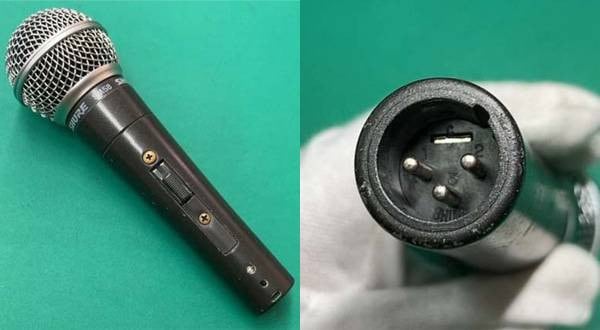

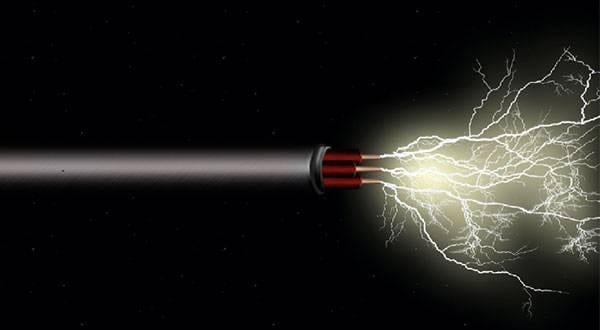
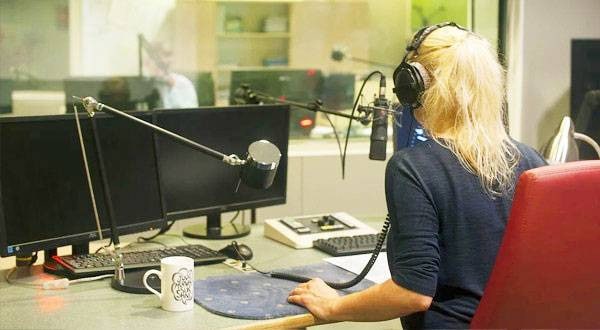

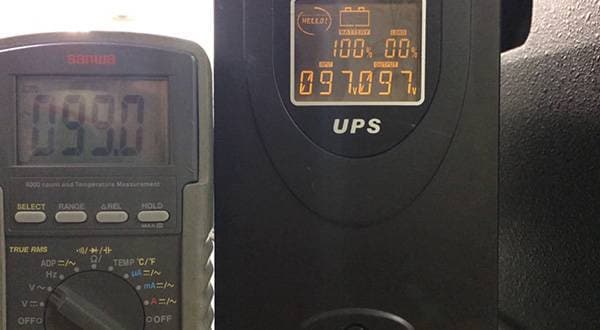
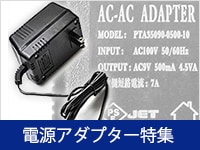 電源アダプター特集
電源アダプター特集
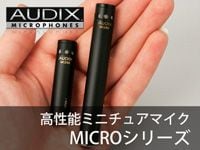 高性能ミニチュアマイク AUDIX MICROシリーズ
高性能ミニチュアマイク AUDIX MICROシリーズ
 コンデンサーマイクとは
コンデンサーマイクとは
 AKG マイク特集
AKG マイク特集
 ワイヤレスマイクロホン
ワイヤレスマイクロホン
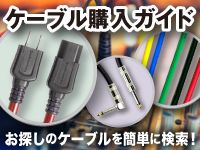 ケーブル購入ガイド
ケーブル購入ガイド















